Regulatory Support and Standardization
The Drone GIS Mapping Market benefits from increasing regulatory support and the establishment of standards that facilitate the integration of drone technology into various sectors. Governments are actively developing frameworks that promote the safe and efficient use of drones for mapping purposes. This regulatory environment encourages investment and innovation within the industry. For instance, the Federal Aviation Administration (FAA) has implemented guidelines that streamline the approval process for commercial drone operations, thereby fostering growth. As regulations evolve, they are expected to enhance public trust and safety, which could lead to wider adoption of drone mapping solutions. The establishment of clear standards may also drive competition among service providers, ultimately benefiting the Drone GIS Mapping Market by improving service quality and reliability.
Rising Awareness of Environmental Monitoring
The Drone GIS Mapping Market is increasingly recognized for its potential in environmental monitoring and conservation efforts. As concerns about climate change and environmental degradation grow, organizations are seeking efficient methods to assess and manage natural resources. Drones equipped with advanced sensors can collect data on vegetation, water quality, and land use changes, providing valuable insights for environmental management. This capability is particularly relevant for industries such as agriculture, forestry, and wildlife conservation. The ability to conduct regular monitoring with minimal disruption to ecosystems enhances the effectiveness of conservation strategies. As awareness of environmental issues continues to rise, the Drone GIS Mapping Market is likely to see increased adoption of drone technology for sustainable practices and environmental stewardship.
Growing Demand for Accurate Mapping Solutions
The Drone GIS Mapping Market is experiencing a surge in demand for precise mapping solutions across various sectors. Industries such as construction, real estate, and environmental monitoring require high-resolution aerial imagery and accurate geospatial data. This demand is driven by the need for improved decision-making processes and enhanced project planning. According to recent estimates, the market for drone mapping services is projected to reach USD 6 billion by 2026, indicating a robust growth trajectory. The ability of drones to capture detailed topographical data efficiently is reshaping traditional mapping methodologies, making them more accessible and cost-effective. As organizations increasingly recognize the value of accurate mapping, the Drone GIS Mapping Market is likely to expand further, catering to diverse applications and enhancing operational efficiencies.
Technological Advancements in Drone Capabilities
The Drone GIS Mapping Market is significantly influenced by rapid technological advancements in drone capabilities. Innovations in drone design, sensor technology, and data processing have enhanced the efficiency and effectiveness of aerial mapping. Modern drones are equipped with high-resolution cameras, LiDAR systems, and advanced GPS technology, enabling them to capture detailed geospatial data with remarkable accuracy. These advancements not only improve the quality of mapping outputs but also reduce operational costs and time. As a result, industries are increasingly adopting drone mapping solutions for applications such as land surveying, infrastructure inspection, and environmental monitoring. The continuous evolution of drone technology suggests that the Drone GIS Mapping Market will likely witness sustained growth as new capabilities emerge, further expanding its range of applications.
Increased Investment in Infrastructure Development
The Drone GIS Mapping Market is poised to benefit from heightened investment in infrastructure development projects. Governments and private entities are allocating substantial resources to enhance transportation networks, utilities, and urban development. Drones play a crucial role in these projects by providing accurate mapping and monitoring capabilities, which are essential for effective planning and execution. The ability to conduct aerial surveys quickly and efficiently allows stakeholders to make informed decisions and optimize resource allocation. As infrastructure projects become more complex, the demand for reliable mapping solutions is expected to rise. This trend indicates a promising outlook for the Drone GIS Mapping Market, as it aligns with the growing need for innovative technologies that support large-scale development initiatives.


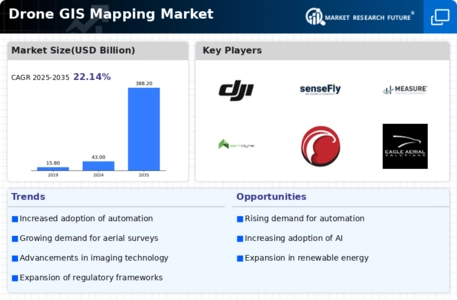
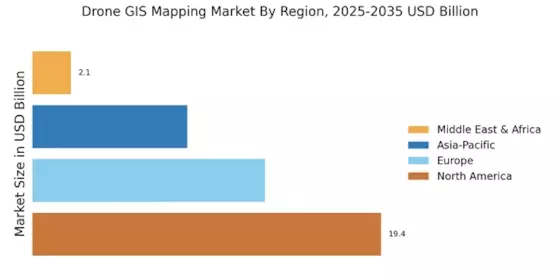
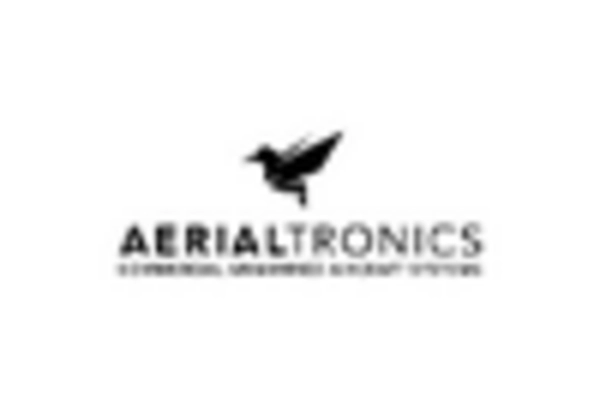

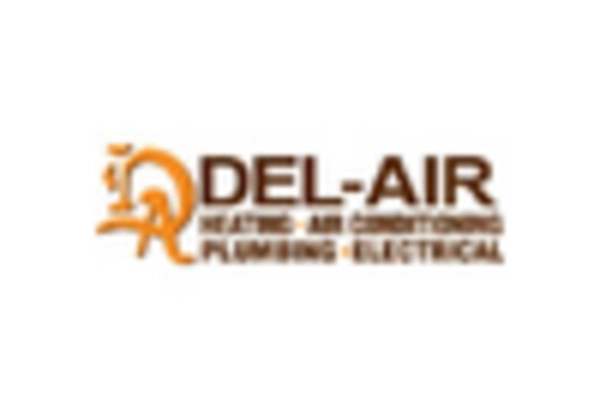
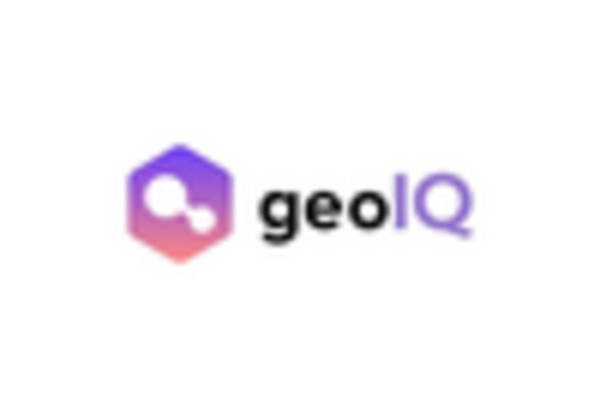

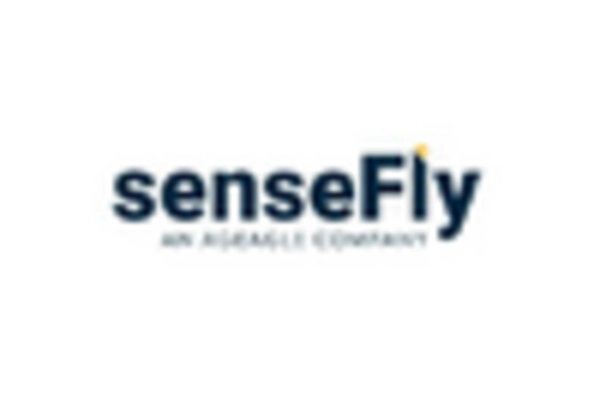








Leave a Comment